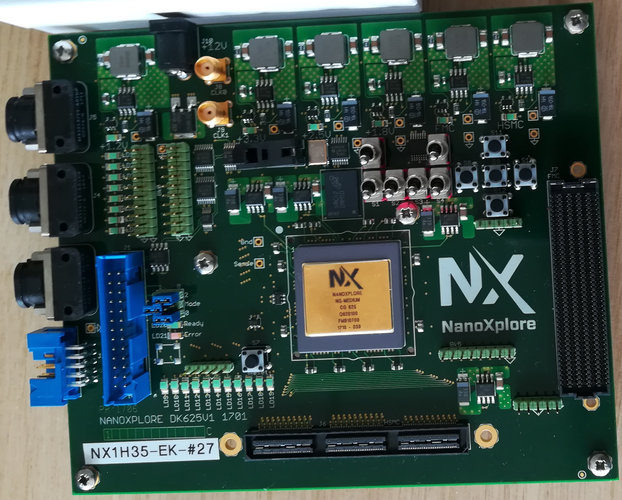Looking ahead
The research showed that nextpnr is capable of supporting large FPGAs and overcoming architectural limitations. The team focused on the basic design elements at first and conducted extensive testing to ensure that the open-source tool is reliable and performs well with NG-Ultra devices. In the future, the model can be applied for more complex design elements.
This is a significant step forward in building a flexible, open-source FPGA development toolchain for NG-Ultra. The adaptability and collaborative nature of nextpnr foster innovation and improvements, both within the developer community and through ongoing partnerships with academia. It is also a major achievement in open-source FPGA development in general, as it is by far the largest FPGA supported by open-source tooling.
"This activity explored cutting-edge algorithms for the place-and-route step, expanding the open-source toolchain to large-scale FPGAs", says Filomena Decuzzi, ESA Technical Officer for the project. "The project allowed the European space-grade FPGA ecosystem to open up to the open-source community, enabling participation and improvements in the ecosystem."
"ESA Discovery & Preparation funding via OSIP has helped us gain a deeper understanding of nextpnr's capabilities and limitations while demonstrating that open-source toolchains for large FPGAs are feasible. This work has highlighted critical areas for improvement and potential paths forward, including expanding support for NG-Ultra's unique features. Importantly, it has also shown that opening architecture data benefits not only developers but also the vendor, fostering broader research and innovation in FPGA design and optimisation," says Matt.



